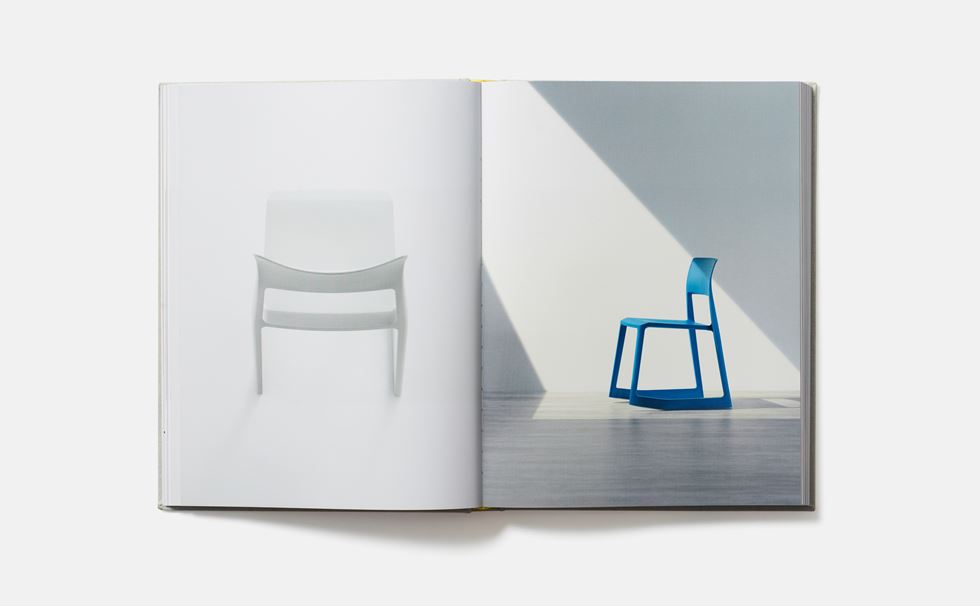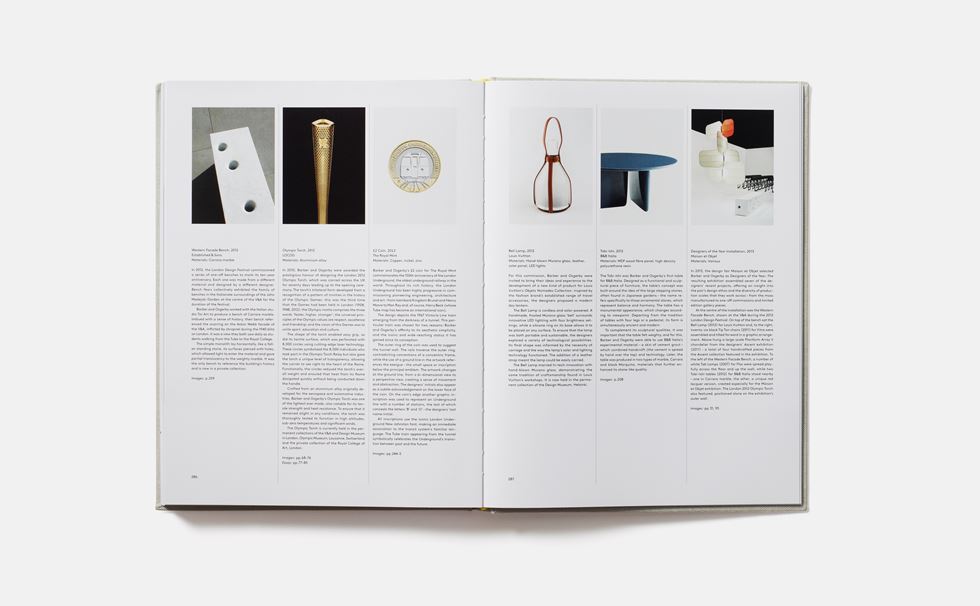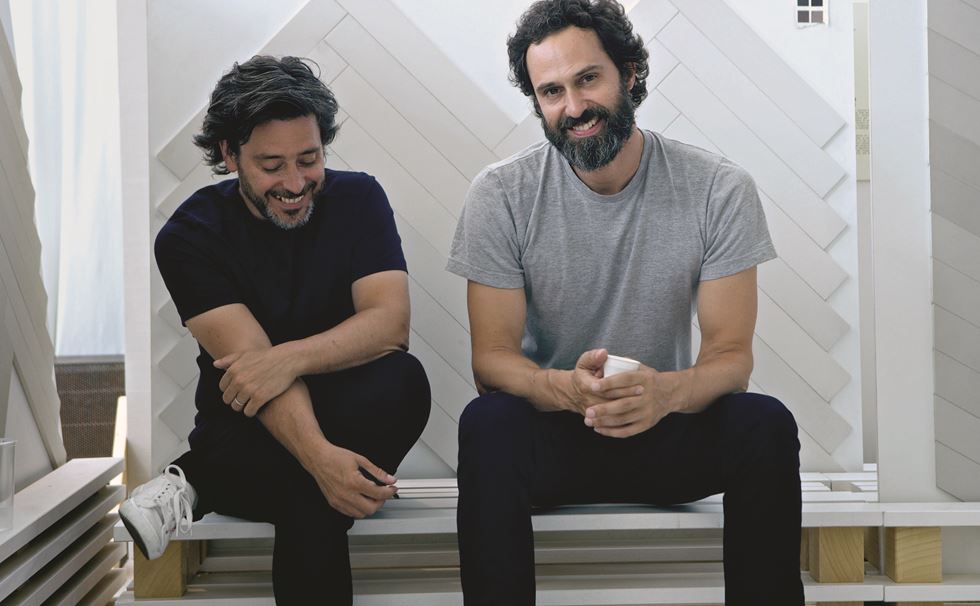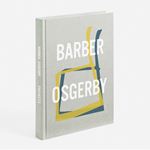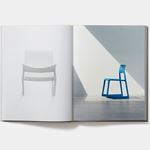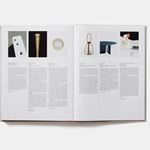February's book of the month The Phaidon Book Club
Barber Osgerby, Projects
The Design Museum has partnered with Phaidon to launch a new book club, exploring a range of design topics, themes and practices. The fourth title in the series explores the internationally acclaimed design collaborators, Edward Barber and Jay Osgerby.
How would you sell a product to Apple’s chief design officer Jony Ive? ‘Quiet’ was the key adjective British designers Edward Barber and Jay Osgerby used when describing their new chair to him, over a pint of beer a few years ago.
The piece of furniture Barber and Osgerby were discussing, the now-famous 2016 Pacific Chair, was made for Vitra, and ordered by Ive for Apple’s new headquarters in Cupertino, California.
Ive made an astute choice. As we explain in our book Barber Osgerby, Projects, the chair, the pair’s first venture into office seating, responded to the idea that the traditional office chair has been reduced to ‘an uninspiring collection of controls and levers.’
Rather than crowd their new seat with buttons and stalks, the designers developed a form that aimed to minimize the visual impact of those elements. It was an obvious fit for a tech company whose overriding design principle is simplicity.
The duo realised the working environment was changing and that more adjustable chairs – designed when workers were more likely to spend their time gazing at desktop computers, rather up and about, on laptops, tablets and phones – were no longer a good fit.
You’ll find many examples of this kind of forward thinking in Barber Osgerby, Projects. The book is thematically arranged in three parts. The first, ‘Folded Structures’, comprises many of their early works – the results of the duo’s experiments with architectural-model-making materials such as paper, card and balsa wood.
The second part, ‘Frameworks’, explores projects that can be defined by their lightweight construction. And the last part, ‘Volumes’, features a collection of pieces whose form or character was created through shaping and sculpting.
It also boasts six essays, each of which explores the story behind a project of particular significance to their studio – including the chair that so impressed Apple’s Jony Ive.

